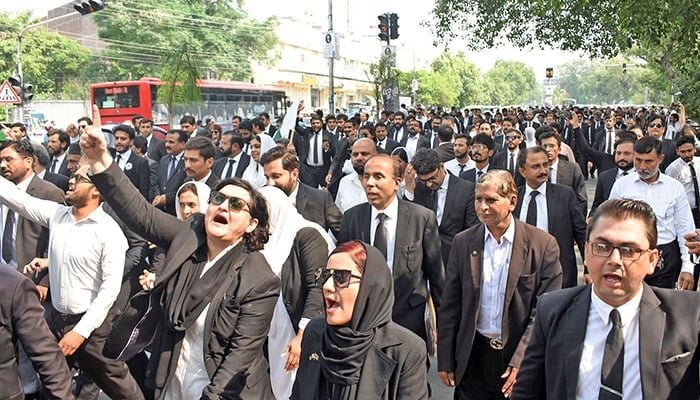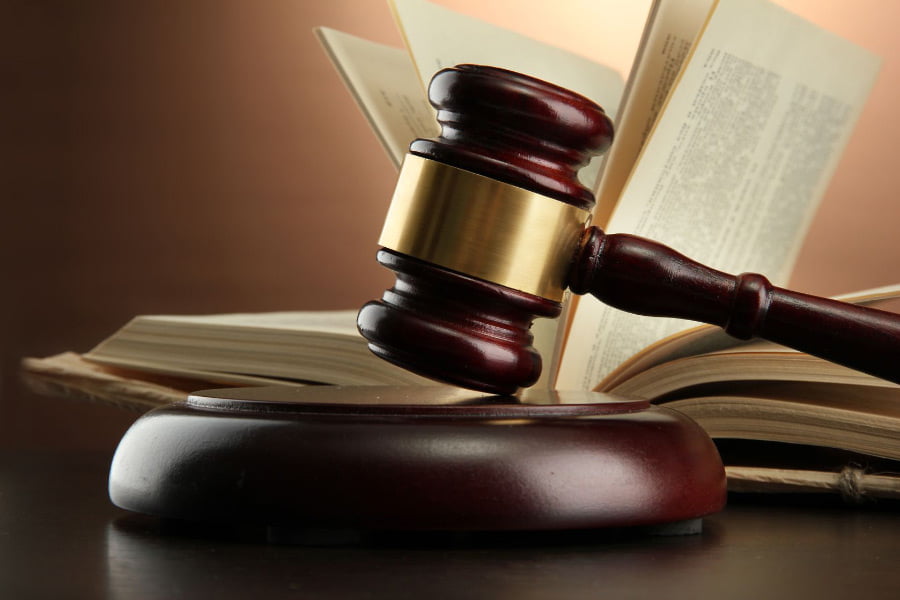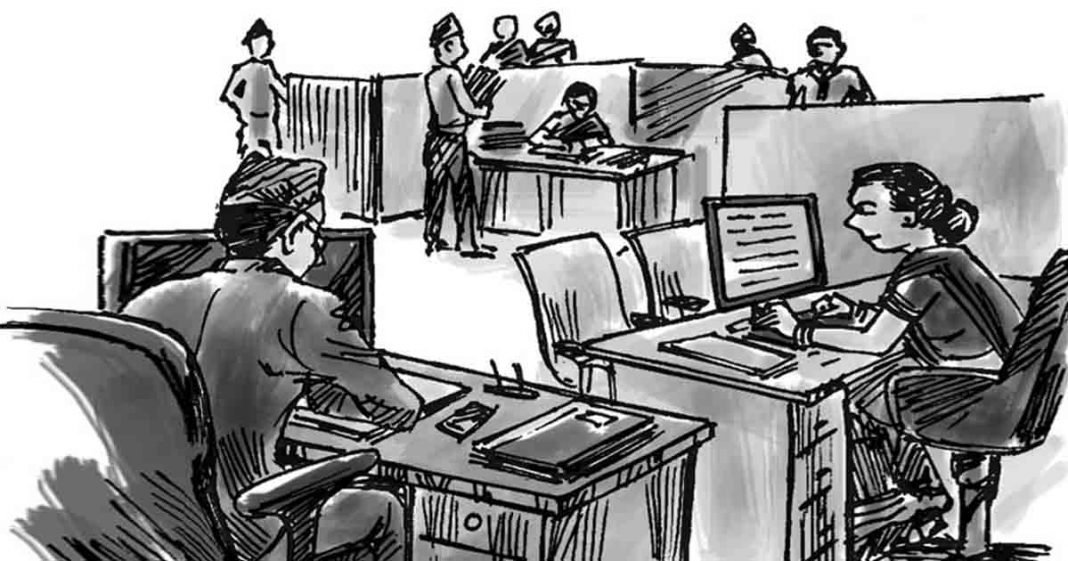Mudassir Rizwan
The judicial restoration movement of 2007–09 remains one of Pakistan’s rare non-religious, citizen-driven uprisings that genuinely reshaped national political consciousness. It brought together lawyers, civil society, political activists, students, and the media under a single principle: the supremacy of the Constitution. For the first time in decades, a mass movement emerged not around ethnicity, sectarianism, or party loyalty, but around the universal demand for an independent judiciary — the cornerstone of any modern democratic state.
Follow Republic Policy
At its core, the movement was a powerful reminder that Pakistani society could mobilise around rule of law rather than emotional identity politics. It was a struggle that went beyond speeches and slogans; it was a movement fortified by sacrifice. Citizens endured arrests, beatings, and state repression, yet continued to march for a justice system free from executive manipulation. This collective defiance demonstrated a mature political instinct among ordinary people — an instinct that recognised constitutionalism as the only viable anchor for long-term stability.
Follow Republic Policy
Yet the moment victory was achieved, the very custodians of the movement diverged from its founding ideals. Once restored, parts of the judiciary drifted away from the promise of institutional neutrality and embraced a central role in political power dynamics. Instead of reforming procedures, ensuring transparency, or strengthening internal accountability, the judiciary increasingly became entangled in political engineering, selective interventions, and inconsistent jurisprudence. Meanwhile, the lawyers’ community — once disciplined and united — fractured into rival groups, consumed by internal power struggles, bar politics, and opportunism.
Follow Republic Policy
As a result, the judiciary that once commanded unparalleled public trust now faces growing scepticism. Ordinary citizens view the courts not as protectors of justice but as institutions weighed down by delays, contradictions, and unequal access. Cases linger for years, verdicts seem politically influenced, and judicial accountability remains opaque. This erosion of trust has widened the gulf between the state and society. Where people once saw the judiciary as an antidote to authoritarian excesses, they now see it as part of the same cycle of elite competition and institutional dysfunction.
Follow Republic Policy
If another judicial crisis were to strike today, it is uncertain whether the public would return to the streets with the same resolve. The hope and emotional investment poured into the 2007–09 movement were not merely political; they were moral. People believed they were fighting for a future in which courts would be impartial, accessible, and accountable. The disappointment that followed has created a societal hesitation — a reluctance to invest again in grand promises without structural guarantees. A new movement cannot rely on the slogans of “freedom” or “restoration” alone. It must show a credible roadmap for judicial reform, merit-based appointments, transparent accountability mechanisms, and an end to the politicisation of the bench and bar.
Follow Republic Policy
The judicial restoration movement proved one critical fact: Pakistan’s social fabric still contains the capacity to unite around constitutional values. The yearning for justice is real, deep, and widely felt. But that dream was weakened not by the people, but by the institutions that had pledged to protect it. For the judiciary to reclaim public confidence, it must go beyond legal formalism and demonstrate moral leadership. Real reform requires courage — the courage to acknowledge internal weaknesses, confront politicised networks, and build mechanisms that ensure impartiality regardless of political shifts.
Follow Republic Policy
Restoring the judiciary’s credibility will demand more than ceremonial rulings or symbolic gestures. It requires a structured transformation rooted in transparency, ethics, constitutional discipline, and institutional humility. Only through such a shift can the widening gap between the state and citizens be bridged. The promise of 2007 is not dead — it is simply waiting for a judiciary willing to rise above power politics and recommit itself to justice as a public good.
Follow Republic Policy















